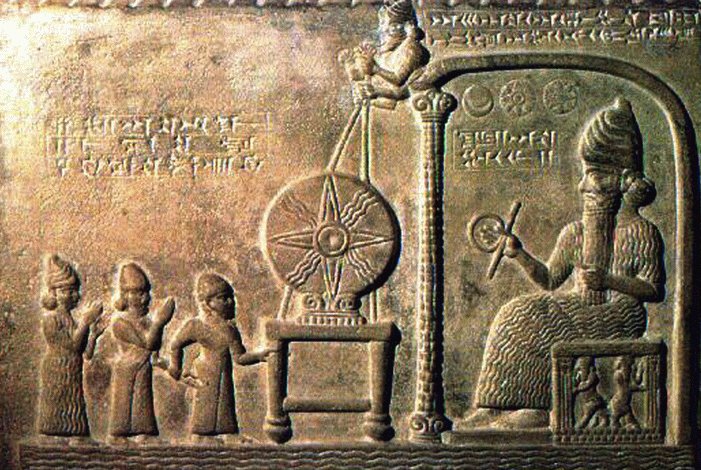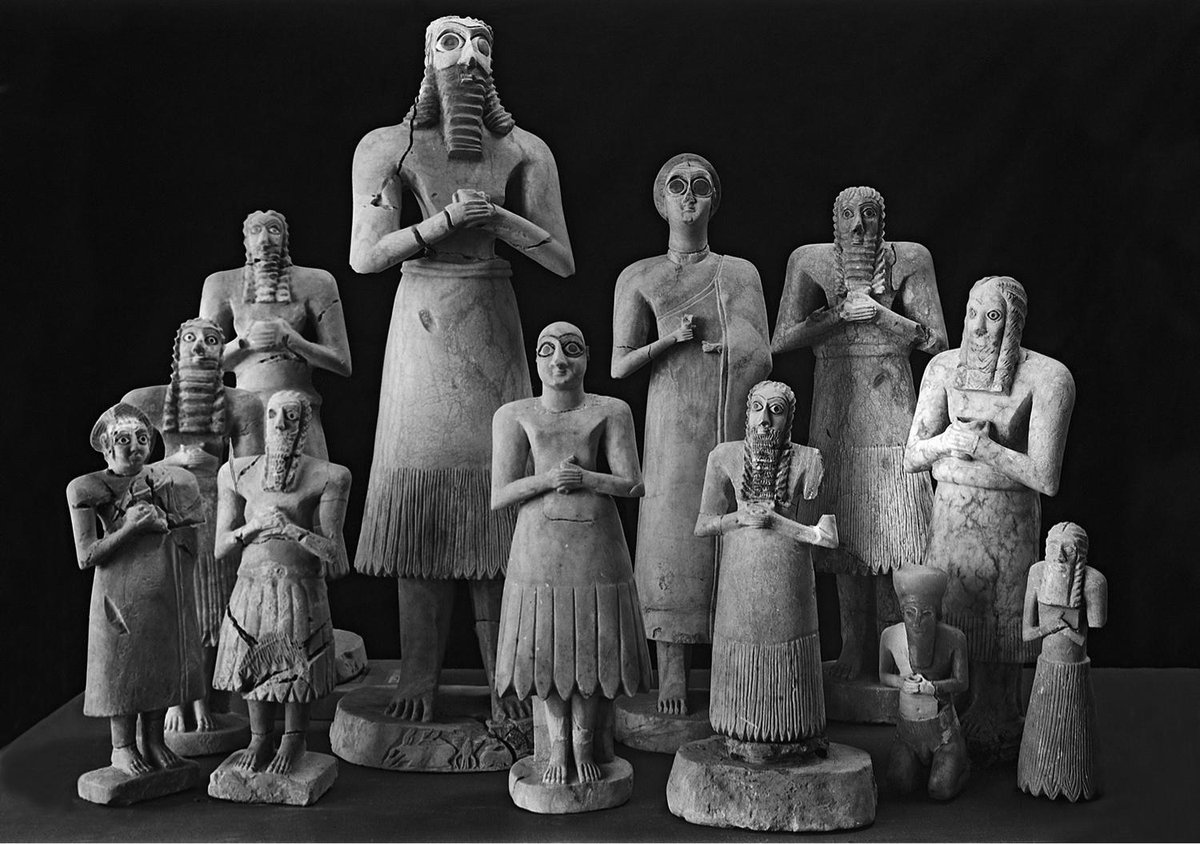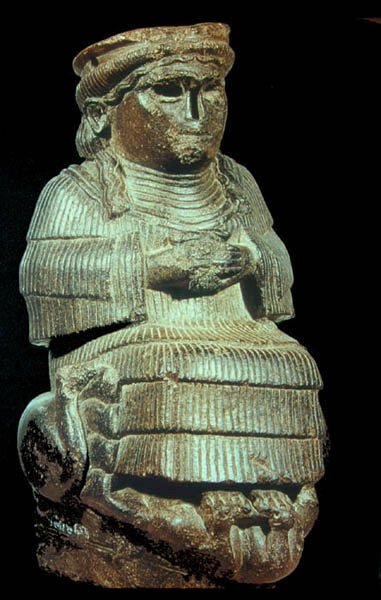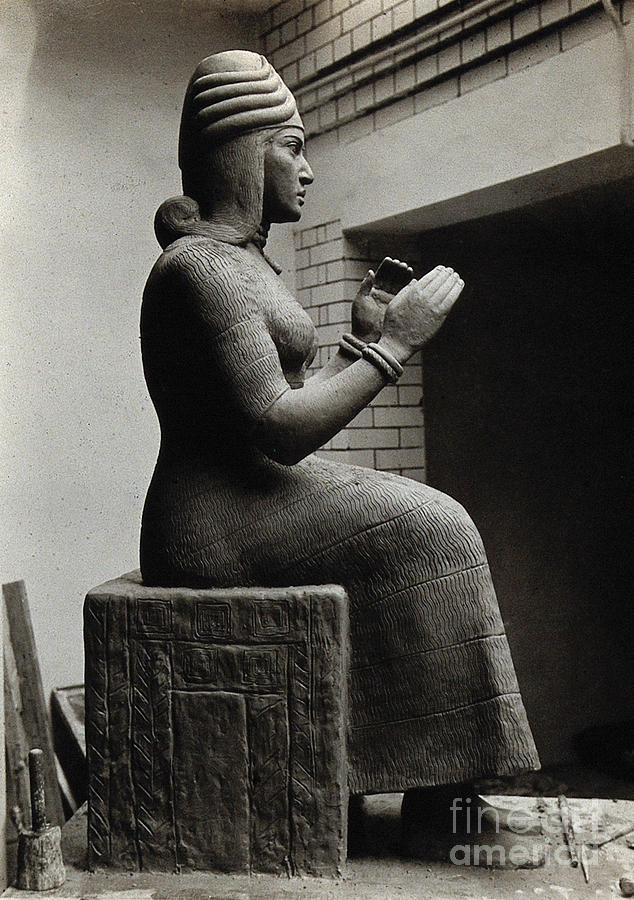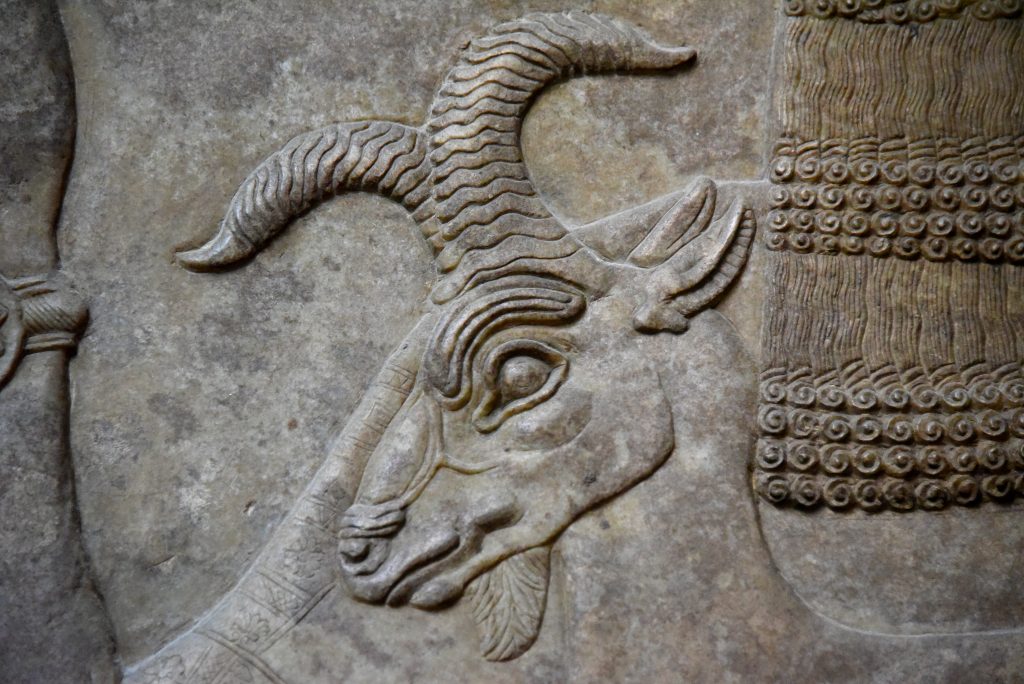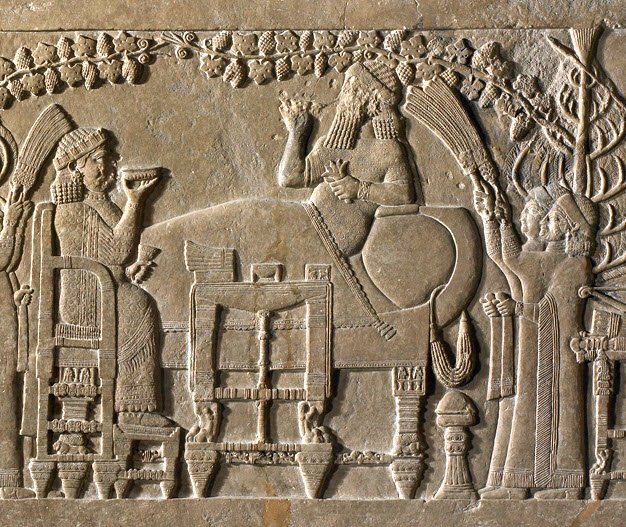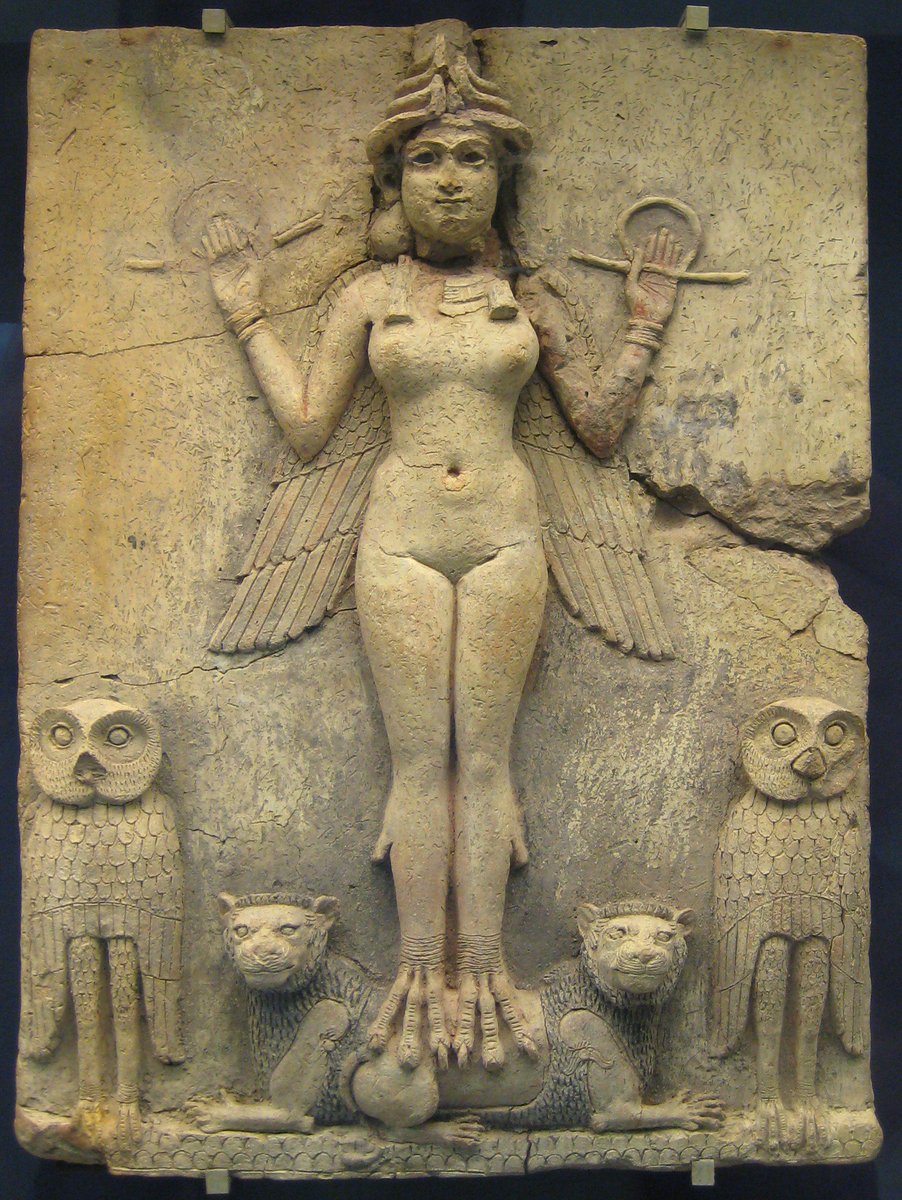A thread on illness and medicine in ancient Babylon and Assyria, including herbal remedies, marijuana, liver readings and mischievous ghosts
Like many early societies, the ancient Mesopotamians regarded most illness to be caused by evil spirits or divine punishment.
Illness was often referred to as `the hand of…’, as in & #39;The patient is touched by the hand of the god Shamash& #39; or & #39;the demon Lamashtu& #39;
Diagnoses often ran: ‘if the man has neck pain, if his upper eye affects him, if he bleeds from the nose… he has been seized by a ghost.’
This meant that illnesses were largely regarded as religious problems, and the line between priest and doctor was often quite blurred.
Healers were of 3 kinds: barû (seers),experts in divination, âshipu (exorcists), & asû (healing priests) who tended directly to the sick
The goddess Gula (also known as Ninkarrak and Ninisinna) presided over health and healing, aided by her husband Pabilsag (a divine judge)
The primary mode of treating illness was the incantation. Priests would chant mysterious words, often in dead languages like Sumerian
Along with the incantations, healers would also administer medicinal herbal remedies. But the medicines were seen as equal to the chants.
For instance, see this slightly grisly cure for epilepsy. Sometimes names like & #39;owl blood& #39; are alternative names for herbs. But not always…
Cannabis seems to have been used both as an external salve, for bodily pains, kidney stones, and for & #39;banishing the ghosts of childbirth& #39;
Some of the first forays into anatomy by humans were the result of inspecting the livers of sacrificial animals for signs and portents.
The liver seems to have impressed early people due to its size, colour & position in the body, and was considered the most important organ
In one inscription, King Ashurbanipal boasts that he is able to read a series of texts called “If the Liver is a Mirror Image of the Sky”
The earliest known anatomical model, shown here, is a clay model of a sheep& #39;s liver showing its different regions, made around 2000 BCE
Mesopotamian medicine was also deeply concerned with childbirth and the mother, and many texts devote a lot of attention to this.
One says ‘If the top of a pregnant woman& #39;s brow is yellow, the child is a boy. If the top of her forehead is white and shines, it& #39;s a girl.’
https://twitter.com/PaulMMCooper/status/915597350286106627">https://twitter.com/PaulMMCoo...
If you enjoyed this, you can find more of my research into Mesopotamian history in this thread-of-threads. https://twitter.com/PaulMMCooper/status/915957428545638400">https://twitter.com/PaulMMCoo...

 Read on Twitter
Read on Twitter

